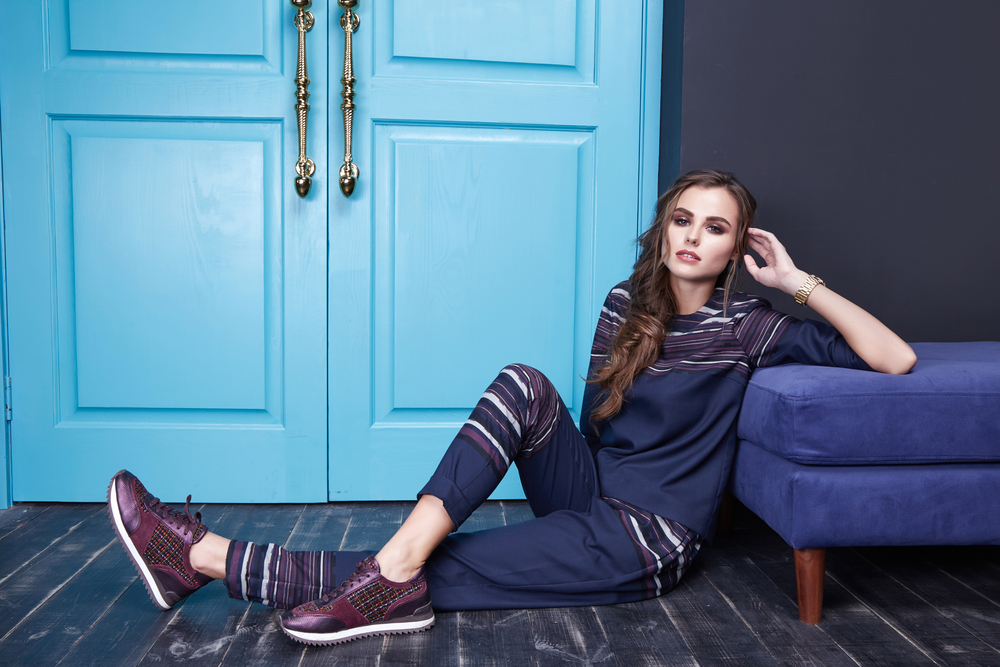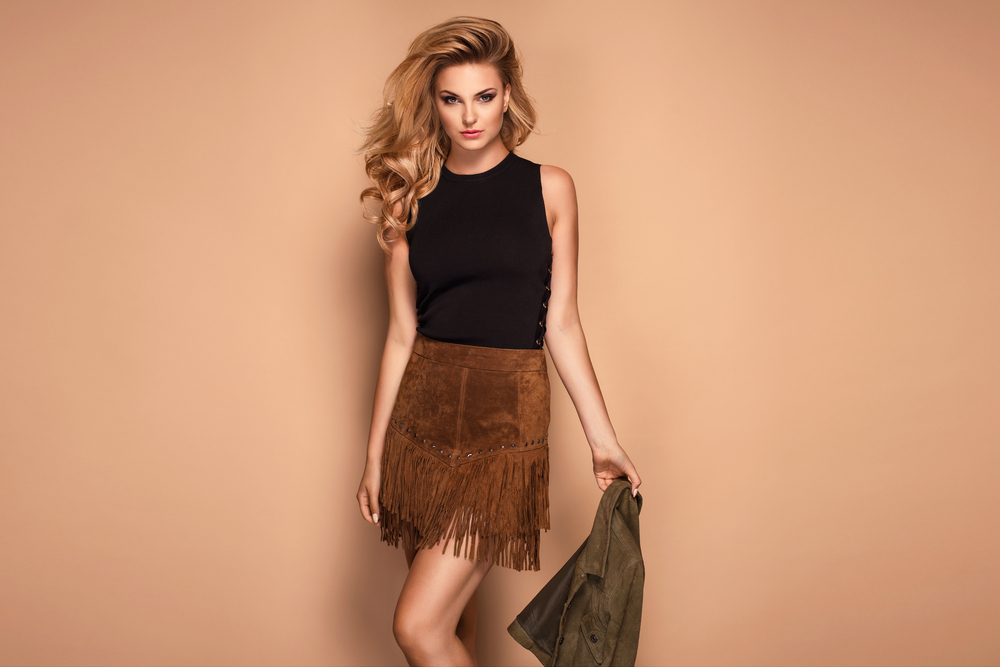
The Art of Modeling: Unveiling the Intricate World of Fashion, Runways, and Beyond
The Art of Modeling: Unveiling the Intricate World of Fashion, Runways, and Beyond
In the glamorous realm of fashion, modeling is an art form that brings beauty, elegance, and style to life. Behind the scenes, there is a complex world that goes beyond the glitz and glamour of the runway. From the selection process to the catwalk, models play a crucial role in showcasing the latest creations by designers. In this article, we will delve into the intricate world of modelling , exploring the various aspects that make it a unique and captivating profession.
The Selection Process:
Becoming a model is not as simple as striking a pose in front of a camera. The selection process is rigorous and highly competitive. Models are selected based on a multitude of criteria such as height, body proportions, and unique features that make them stand out. Agencies hold casting calls where aspiring models can showcase their skills and catch the attention of industry professionals. This process is not only about physical appearance but also about the ability to project confidence, charisma, and adaptability.
Types of Modeling:
Modeling encompasses a diverse range of categories, each requiring specific skills and attributes. Fashion models are the most well-known, gracing the covers of magazines and strutting down the runway during fashion weeks worldwide. These models need to possess versatility, capable of adapting to various styles and designers' visions.
Commercial modeling, on the other hand, focuses on promoting products and services through advertisements. It requires individuals who can effectively convey a message to the target audience. Plus-size modeling has gained significant popularity, promoting body positivity and diversity in the industry. Fitness modeling showcases the results of a healthy lifestyle and is often seen in fitness magazines or advertising campaigns.
The Runway:
The runway is the epitome of a model's career, the pinnacle of their hard work and dedication. It is a meticulously choreographed stage where models showcase the latest collections by designers. Walking the runway requires precision, poise, and an innate ability to captivate the audience's attention. Models must master their posture, stride, and facial expressions to embody the vision of the designer, making clothes come alive.
The Behind-the-Scenes:
Behind every successful fashion show, there is an intricate network of professionals working tirelessly to make it a memorable experience. Models are not alone in this journey; they are accompanied by stylists, hair and makeup artists, and photographers. These individuals play an instrumental role in creating the overall ambiance and bringing the designer's vision to life. The backstage scene is fast-paced and hectic, with last-minute adjustments and constant preparation to ensure a flawless presentation.
International Modeling:
Modeling is not confined to one geographic location; it is a global industry that transcends boundaries. Many models dream of working with renowned designers and gracing the runways of fashion capitals such as Paris, Milan, and New York. International modeling opens doors to opportunities for exposure, collaboration with prominent designers, and the chance to work with diverse cultures and fashion scenes. However, this path requires determination, hard work, and the ability to adapt to different work environments.
Frequently Asked Questions:
1. How tall do you need to be to become a model?Height requirements vary depending on the type of modeling. Fashion models are usually required to be between 5'9" and 6'0" for women and 5'11" to 6'3" for men. Commercial or niche modeling may have different height criteria.
2. Can anyone become a model?
While the fashion industry is becoming more inclusive, certain physical attributes, such as height and body proportions, are still highly valued. However, there are opportunities for various types of modeling, and aspiring models should focus on finding their niche.
3. How do models maintain their physique?
Models maintain their physique through a combination of healthy eating, regular exercise, and self-care. They work closely with nutritionists and personal trainers to ensure they are in optimal shape for runway shows and photoshoots.
4. Is modeling a stable career?
Modeling can be an unpredictable career path. The industry is highly competitive, and job opportunities can fluctuate. Some models may have consistent work, while others may experience periods of downtime between bookings.
5. How do I get started in modeling?
Research reputable modeling agencies in your area and attend open casting calls or submit your portfolio online. Building a professional network through social media and attending industry events can also increase your chances of getting noticed by industry professionals.
In conclusion, the art of modeling is a captivating world that goes beyond what meets the eye. Models are not just beautiful faces; they are individuals who possess a unique blend of physical attributes, talent, and perseverance. From the casting calls to the international runways, modeling is an art form that continues to evolve, reflecting the dynamic nature of the fashion industry.
Other useful resources

- https://en.wikipedia.org/wiki/Category:Modeling_(profession)
- https://www.planetmodelphoto.com/models/modeling/usa/charlotte/nc-north-carolina
- https://en.wikipedia.org/wiki/Category:Models_by_modeling_agency